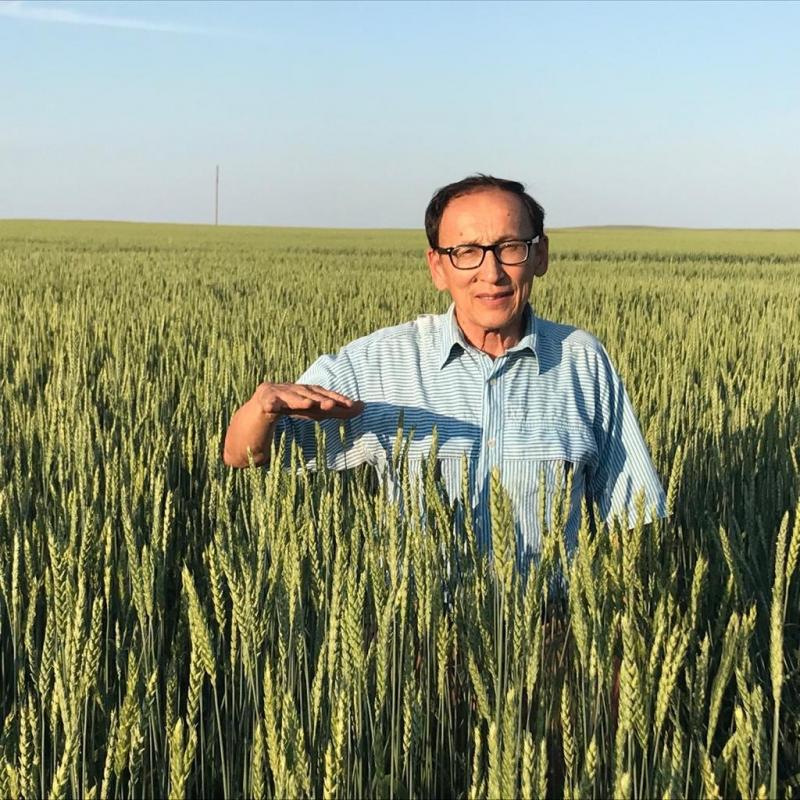
According to the UN, more than 1.5 billion people around the world face significant challenges in growing food due to soil degradation. Governments are looking for opportunities to transition to a green economy, and the international community is looking for new ways of sustainable development. Kanat Akshalov, Head of the Laboratory of Adaptive and Agrolandscape Cultivation Technology at the Barayev Research and Development Center, shared with World of NAN the ways to practice agriculture while preserving soil fertility.
Kanat Ashkeyevich, how do experts assess the condition of soils in Kazakhstan today? In which regions are they favorable for farming?
When we talk about the state of the soil, the natural and climatic features of the country are considered in first place. In Kazakhstan, the total area of arable land is about 32 million hectares. Of these, more than half, about 55%, is in the arid steppe. Soils of Kazakhstan are represented by black earth with humus content of 3 to 6%. They are mainly located in the northern, eastern, central part of the country. Brown soils are represented in the north of Kazakhstan, central, eastern and western part of the country with a humus content of 2 to 3 %. These soils are potentially favorable for cultivation of agricultural crops with appropriate provision of cultivation technologies. In the south of Kazakhstan there are more prevalent gray soils, light brown soils, which also require an appropriate system of tillage, and in some cases irrigation. If we talk about the fertility status of these soils, it should be noted that after the development of virgin and fallow lands in the 50's of last century, the natural ecosystem has been violated and there was a decrease in humus content from the initial one. But later, soil fertility stabilized. However, it should be remembered that land fertility depends entirely on the farming system. It is incorrect to talk about a permanent decrease in soil fertility, because there is no reliable data. Much depends on systematic soil-protecting measures.
What do the specialists of your center offer to improve soil fertility?
The Barayev Research and Production Center for Grain Farming has developed a soil conservation agriculture system (Conservation Agriculture), which is aimed at sustainable agricultural production in accordance with the requirements of plants. 2 million hectares of agricultural land in the northern regions of Kazakhstan are cultivated according to this system. This system and soil management technique saves land from erosion and degradation, improves soil quality and soil biodiversity. The developed technique contributes to the conservation of natural resources, water and air, and stabilizes crop productivity. Our center has also developed principles of biological farming, the use of cover crops, liquid fertilizers, growth and development stimulants for plants. The main result of the developed systems is the control of soil degradation. This is the basis of the farming system.
How urgent is the problem of wind erosion, which was discovered during the virgin lands?
Unfortunately, wind erosion of soils in different regions of the country is a recurrent problem. Today, dust storms take place in the south of Kazakhstan as well. For example, wind erosion of soils is shown in Zhambyl, Mangistau, Pavlodar regions on light soils, according to mechanical composition. In the north of the republic wind erosion of soil is more associated with fallow fields. Fallow fields prepared by mechanical method are susceptible to wind erosion of soils. To protect soils from wind erosion we recommend chemical fallows. It is essential to completely eliminate fallow plowing. To preserve soil fertility, improve the structure, experts advise fertile crop rotations, completely replacing fallow fields with "cash" crops. In the south of the republic, it can be various combinations of cover crops.
What other problems hinder the preservation of soil fertility?
The occurrence of water erosion of soils, gully formation. This is typical mainly for the grain-growing northern regions. On low-slope lands of NKR, water erosion of soils occurs on fallow fields and on stubble precursors. To protect soils from water erosion, it is necessary to completely exclude fallow fields from farming practice. In some cases it is possible to use contour farming system. It can be also flat-cutting of soil across the slope with preservation of stubble and plant residues on the soil surface. The formed gullies and watercourses should be planned and grassed with perennial grasses with good projective cover. It is necessary to have topographic information for implementation of soil conservation cropping systems and transition to targeted application of elements of cropping systems. Here it is important to note that the decline in soil fertility can also be exacerbated with climate change, which in turn can lead to loss of agro-biodiversity, deterioration of the water regime of soils and plants. Land degradation and desertification have a negative impact on ecosystems and increase vulnerability to the processes of global warming.
Kanat Ashkeyevich, how do you keep nutrients in the soil?
Arable land in Kazakhstan has the potential to contain carbon, which is important in connection with the threat of "global warming". To keep the soil healthy, it is necessary to strive for diversity of root systems - biodiversity. Allow minimal mechanical impact on the soil, cover the soil with mulch and plant residues as much as possible. This enhances biodiversity, natural biological processes in the upper and lower horizons of the soil profile, and reduces dependence on weather conditions. Studies in Canada have shown that keeping mulch and crop residues on the soil surface increases soil carbon and total nitrogen content in the upper soil profile by 17-22% compared to no mulch. It is assumed that growing crops different in biology of development and using a mixture of cover crops in the rotation will help to restore the balance of mineral nutrition and act suppressively on weeds. In the south of the country, we recommend the use of cover crops when growing winter crops. The study of the experience of the USA, Canada, Australia shows that the conservation of crop residues, reduction of mechanical treatments, inclusion of perennial grasses in field crop rotations, use of varieties with high nitrogen fixing capacity, reduction of summer steam area in crop rotations improved soil physical characteristics, reduced erosion processes. It should be remembered that improving soil fertility ultimately affects the quality of grain and productivity of crops.



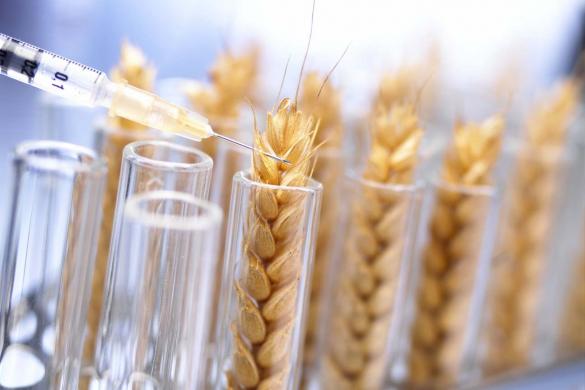
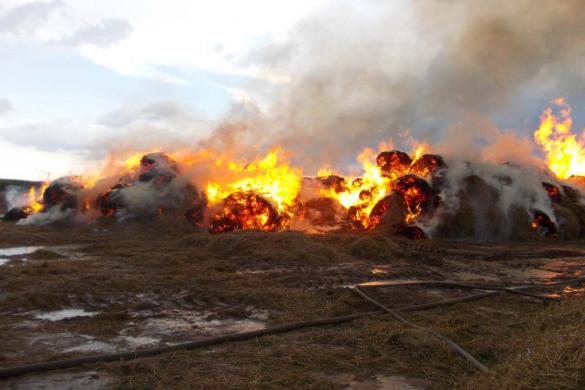
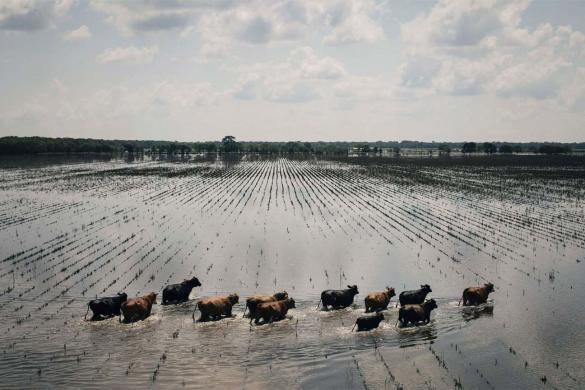
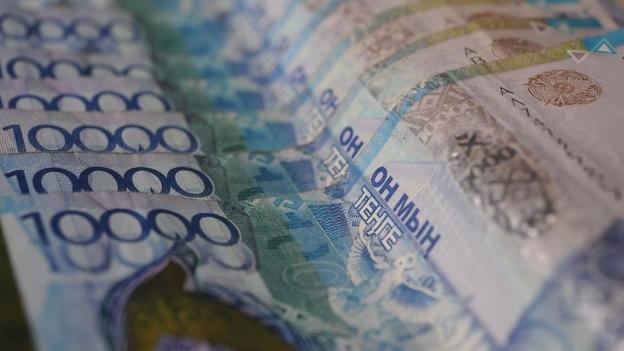







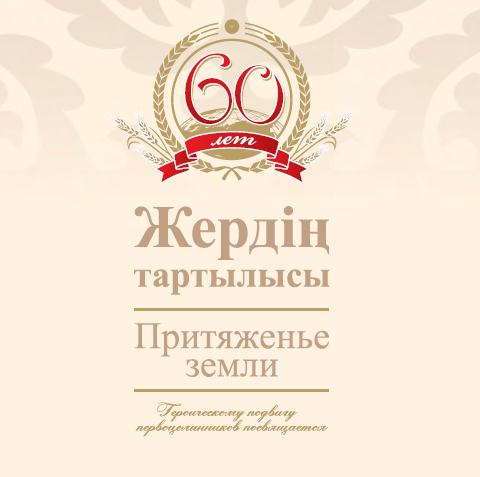
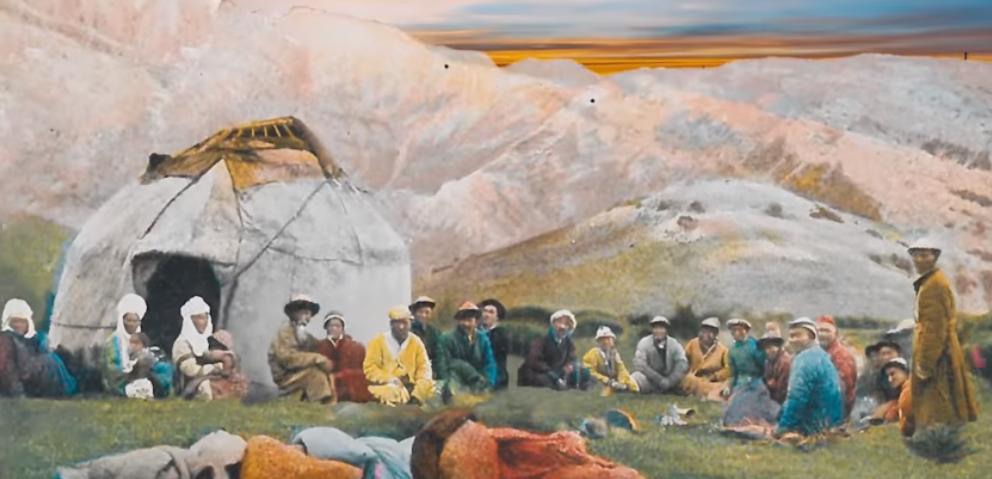





























Обсуждение